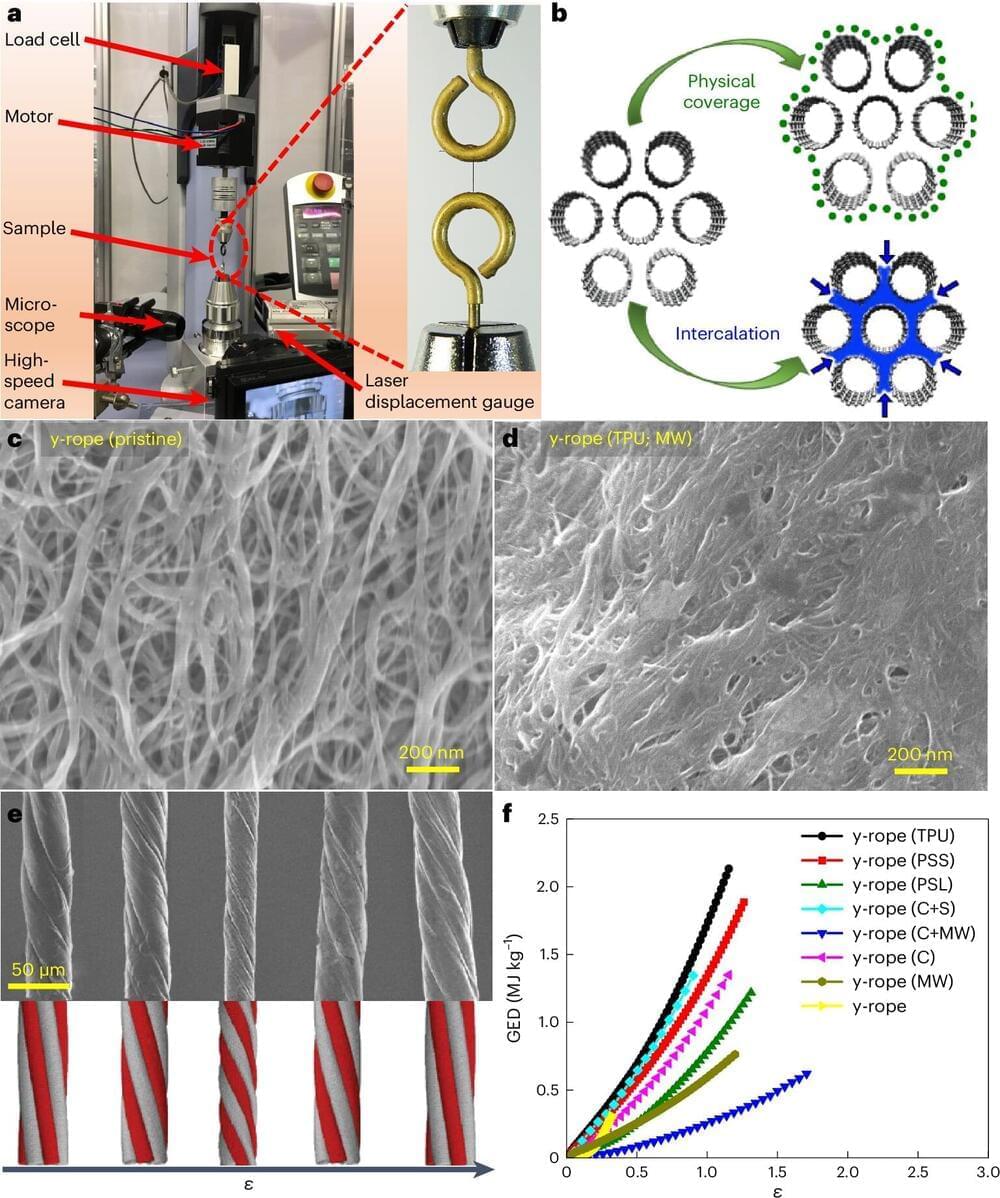Scientists are closer to giving the next generation of solar cells a powerful boost by integrating a process that could make the technology more efficient by breaking particles of light—photons—into small chunks.
In a study published in Nature Chemistry researchers unravel the scientific understanding of what happens when light particles split—a process called singlet fission —and its underlying workings.
Lead researcher Professor Tim Schmidt from UNSW Sydney’s School of Chemistry has studied singlet fission for more than a decade. He says the process could be invoked and applied to improve existing silicon solar cell technologies.





